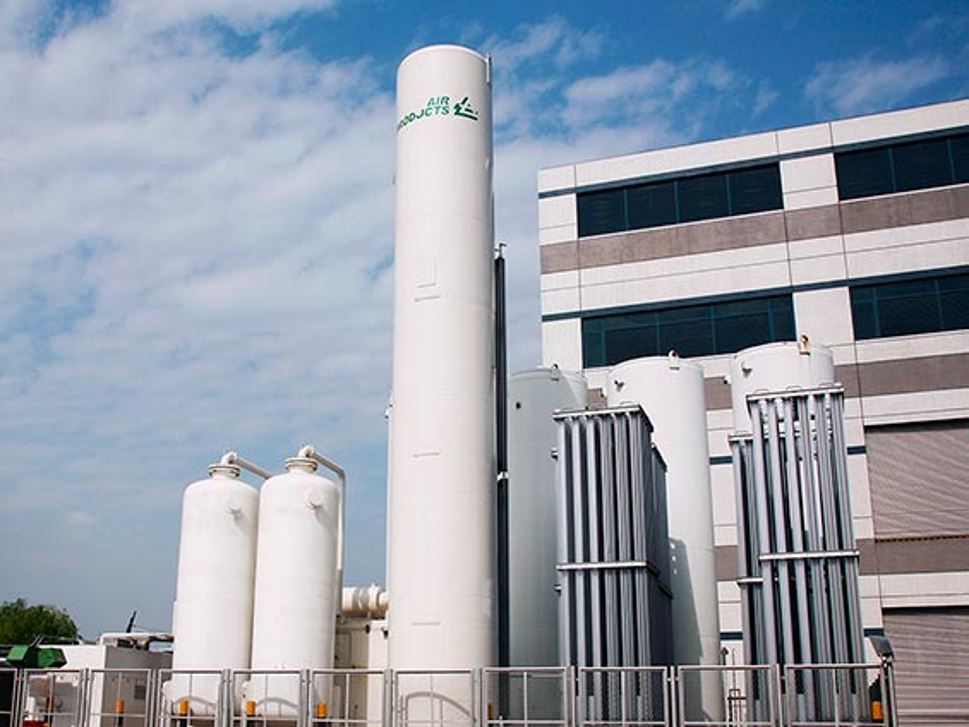
The Benefits of Nitrogen Blanketing/Inerting
- Safety: Protects sensitive materials from fire and explosions with the minimum gas volume
- Controlled critical oxygen concentration (COC) levels: Proprietary software to perform calculations ranging from mixture flammability and COC
- Quality: Increase shelf-life and prevent air and other contaminants from infiltrating and causing degradation
- Range of purity and supply mode options: Your application requirements for purity, usage pattern, volume, and footprint will allow us to recommend the most efficient method of supply
Are you interested in using nitrogen for inerting?
We can help you choose the optimum method to meet your needs while also keeping gas usage to a minimum.
Ask the Expert

Jon Trembley
Technology Manager - Cryogenic Applications
“How much nitrogen do I need to keep my flammable liquid tanks safe?”
There are many factors that must be considered when designing a nitrogen blanketing system. Understanding the material being stored and type of vessel will help to design an optimized system for your operation. Watch our short video on nitrogen blanketing. (2:45)
